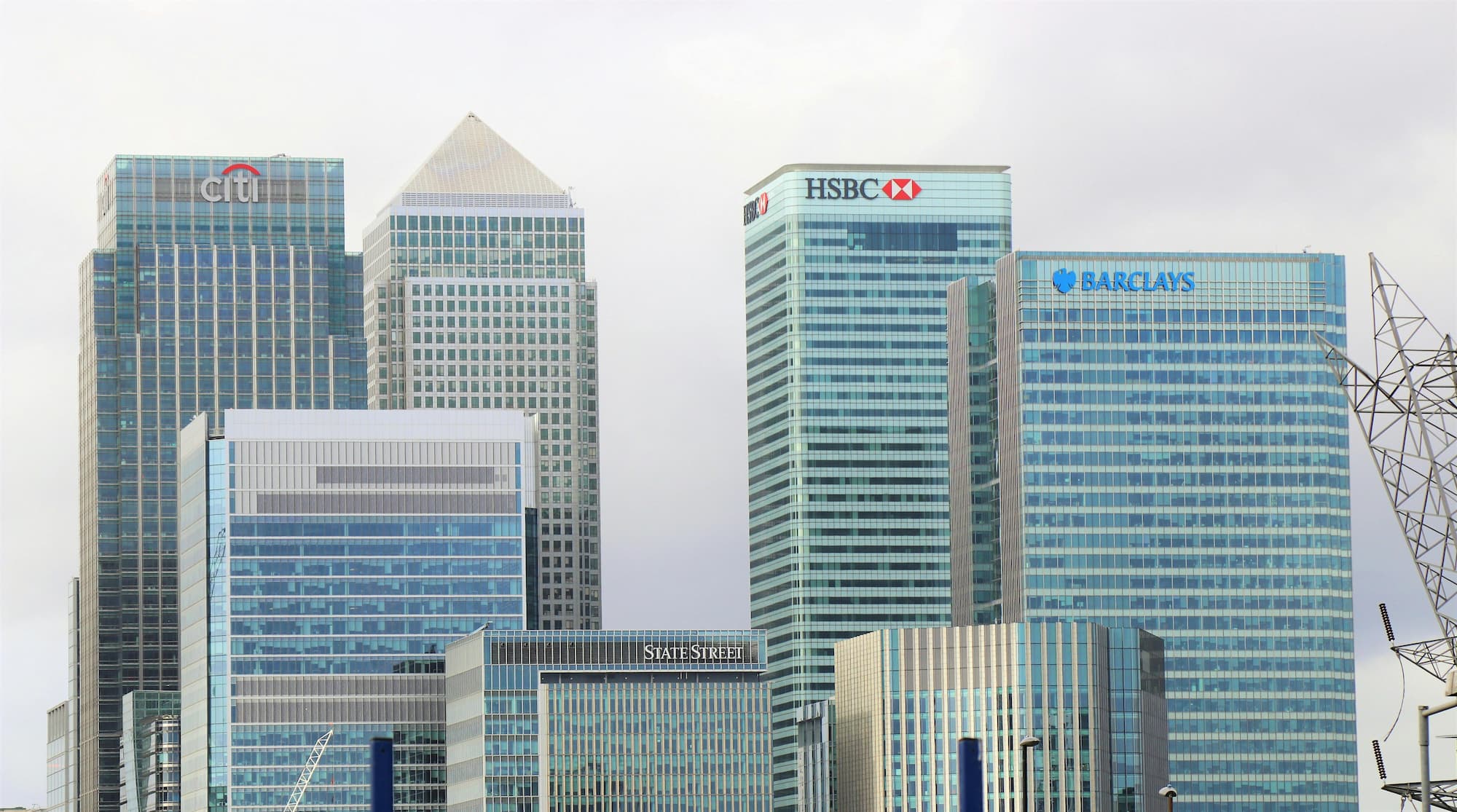There is one part of the market with a huge opportunity and no one is talking about it. It’s B2B digital PR.
Put down your product PR, and your quick sales story, the classic B2C approach doesn’t necessarily cut it in B2B. And you need to learn to report it differently.
Strategies and tactics vary between Business-to-Business (B2B) and Business-to-Consumer (B2C) PR, but fundamentally you are still taking your stories to people. Understanding the nuances within how B2B businesses work, however, can result in better outcomes, a stronger brand presence, and happier agency-client relationships.
Understanding B2B PR
B2B digital PR is still just effective storytelling. But the goalposts are slightly different. Instead of a quick decision purchase from a consumer, sales cycles are longer and are more convoluted. The ultimate goal is to enhance a company’s reputation within the industry, attract potential business clients into the funnel, and maintain strong relationships with existing ones.
Key Characteristics of B2B PR
-
- Longer Sales Cycles: B2B transactions often involve lengthy decision-making processes.
- Technical Content: Messaging tends to be more technical and detailed.
- Smaller Audience: The target audience is typically smaller but highly specific.
- B2B Target Audience: Includes decision-makers within other businesses, such as CEOs, procurement officers, and department heads. They seek solutions to improve company efficiency and profitability.
Opportunity Alert: B2B Dominance in Digital PR
There’s a HUGE opportunity for B2B companies to dominate using Digital PR right now. 30% of our clients are B2B & SaaS, and we’re showing the impact is significant with the right approach.
Approach campaigns with your audience’s interests first, not just your product functionality. It’s B2B, but you are still talking to people.
Analyse the press and sites you want to target. When was the last time they talked directly about what you sell? Was it a paid feature? What do they discuss, and where does the overlap with what your audience cares about? Talking about your product alone is just advertising. Earn coverage in the same press your competitors are paying for by creating compelling stories.
Remove red tape. B2B environments aren’t always swift or reactive. Seize the chance to get your brand out there while competitors are still debating their approach.
Link it all back. The end goal in B2B PR is leads, which may take 3, 6 months, or longer. Use tools to track engagement with your PR campaigns and repurpose these as sales enablement tools. The best in B2B PR are doing this, while others are still focused on outdated metrics like AVE.
What you need to talk about when reporting B2B effectiveness
Metrics for B2B PR:
-
- Lead Generation: Number of qualified leads from PR activities.
- Website Traffic: Increased traffic from PR campaigns.
- Coverage and links: Coverage in relevant publications.
How to make B2B PR campaigns work harder:
-
- Repurpose and create social media assets depending on channel focus
- Create email marketing assets from campaigns
- Create sales enablement tools for internal teams
- Repurpose campaigns for paid media
One big takehome to remember is that just because this is B2B, it doesn’t mean you can’t jump in on mainstream media moments – there is always an angle for reactive PR alongside campaigns.
And of course, check out the case studies below – we don’t just talk the talk, we walk the walk.




